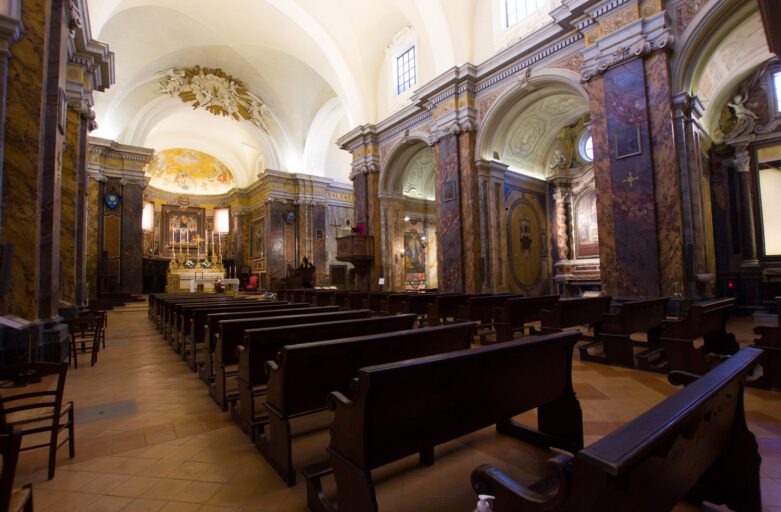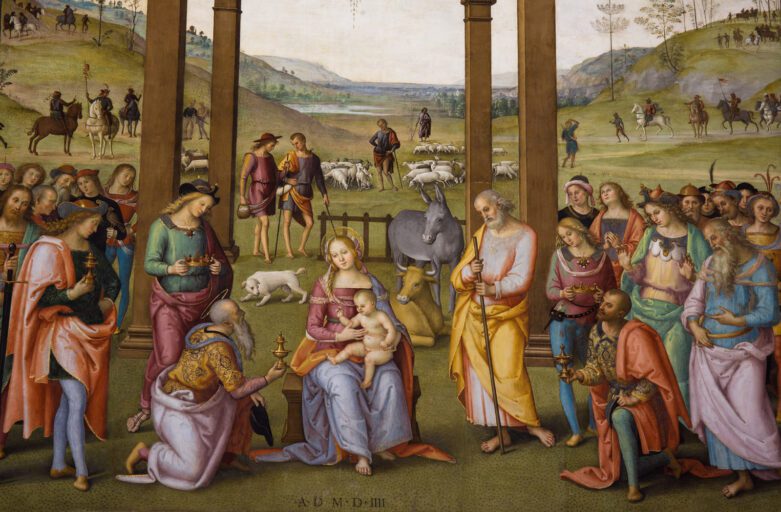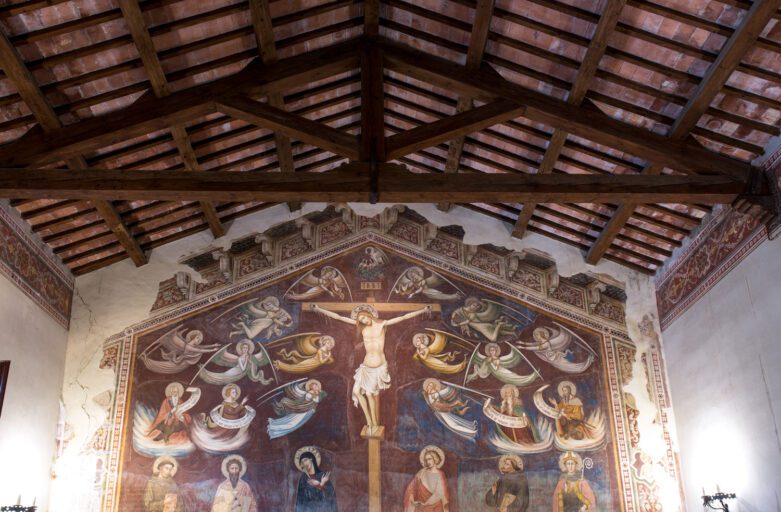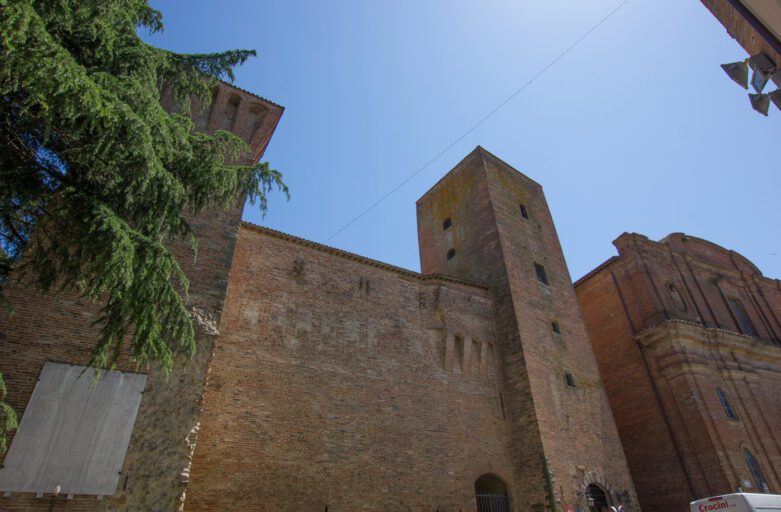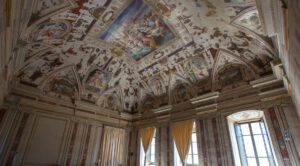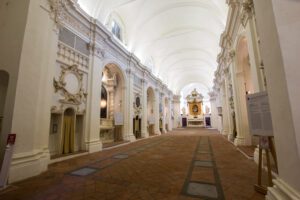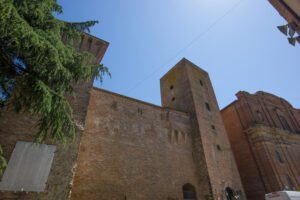A Cathedral in a Small Town
On walking in the streets of Città della Pieve, you will be noticing many fine buildings, both public and religious, that enliven the place. To whose who come from Gramsci Square, that is the downtown nucleus, one of the main monuments will immediately appear – the Cathedral, dedicated to the Saint Gervasius and Protasius. They were Christian martyrs whose story is in connection with the famous saintly bishop of Milan in the fourth century, Ambrose.
The Cathedral should be observed while keeping in mind that it is a very dynamic monument, the outcome and witness of pressing architectural interventions in the course of history.
To Be Remade for Centuries
The architectural core of Città della Pieve's Cathedral dates back to the eighth century. The building would then be reworked in the 13th century in a clearly Gothic style. Of this period, some visible elements have remained, like the little arched windows on its façade and the base of the belfry with its sets of two-, three-, and four-arched windows.
Thanks to a 2017 restoration, ancient structures have resurfaced that have been interpreted as parts of the Romanesque/Gothic church. Noteworthy paintings also have been rediscovered, that have been ascribed to Benozzo Gozzoli, the same artist who frescoed the Chapel of the Magi in Florence. The portrait of Eve, although fragmentary, is quite interesting because of her very human feeling of shame and modesty in covering her genitals. The detail recalls a more famous Eve, the one painted by Masaccio in the Brancacci Chapel in Florence.
Re-consecrated in 1584, and promoted to the status of cathedral in 1600, the building underwent a long process of remaking. The style currently more visible is undoubtedly Baroque. Unfortunately the original ceiling collapsed in 1667, and has been replaced with a vault in bricks.
The church is shaped like a “Latin cross” (with one longer arm); the interior features one nave with three chapels on each side. Many-colored marble surfaces, stucco works, twisted pillars convey the visual language of Baroque, in a never-ending longing for infinity and theatricality.
The Works of Great Artists
Pietro Vannucci, a.k.a. Perugino
The Cathedral in Città della Pieve contains some gems of Umbrian painting. Among which, see especially the Baptism of Jesus (1510) and the Glory of Virgin Mary between the Patron Saints, Gervasius and Protasius, Holding the Town Standard, and Saint Peter and Saint Paul (1514) by Pietro Vannucci. Born in Città della Pieve, he would become one of the most influential artists in the late 15th century and early 16th century. In his refined compositions we can recognize the teachings of some masters of Italian painting, such as Piero della Francesca and Andrea del Verrocchio – the latter also taught Botticelli and Leonardo Da Vinci.
Antonio Circignani, a.k.a. Pomarancio
The other altars are embellished by works of noteworthy artists too, first of all Antonio Circignani, nicknamed Pomarancio. He also frescoed the Heavenly Glory in the apse dome, but what remains is only a small part of much larger decorations that were destroyed in 1783 by a fire caused by a thunderbolt.
The organ, of the 19th century, recently underwent a careful restoration, so that it regained its original “voice.”
INFO
Location
Piazza Plebiscito, 11, 06062 Città della Pieve PG
Contacts
info@secretumbria.it
